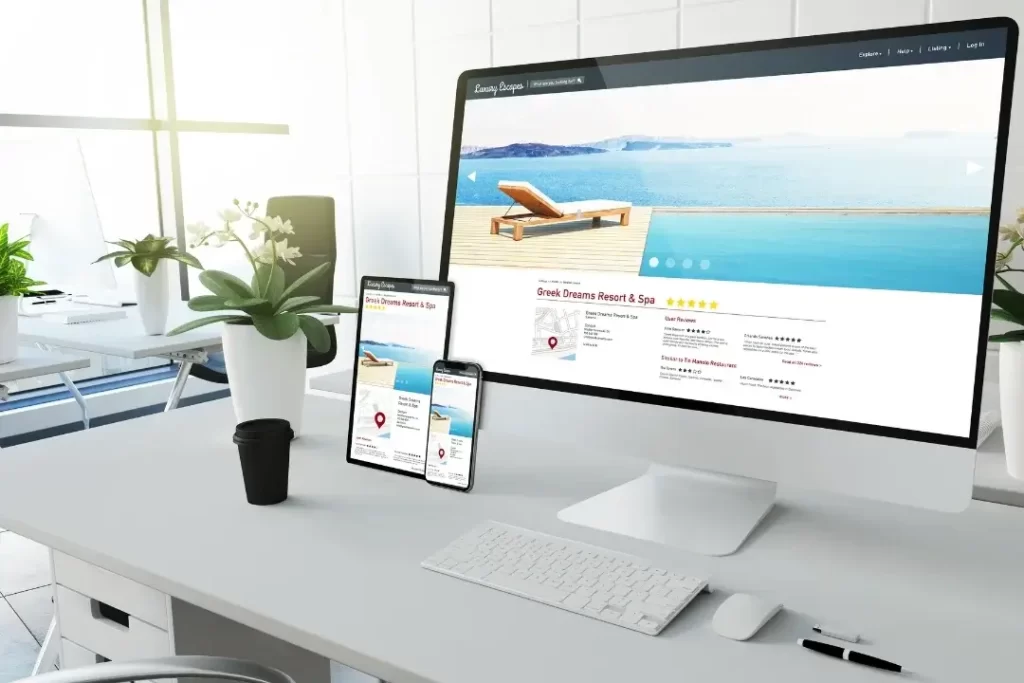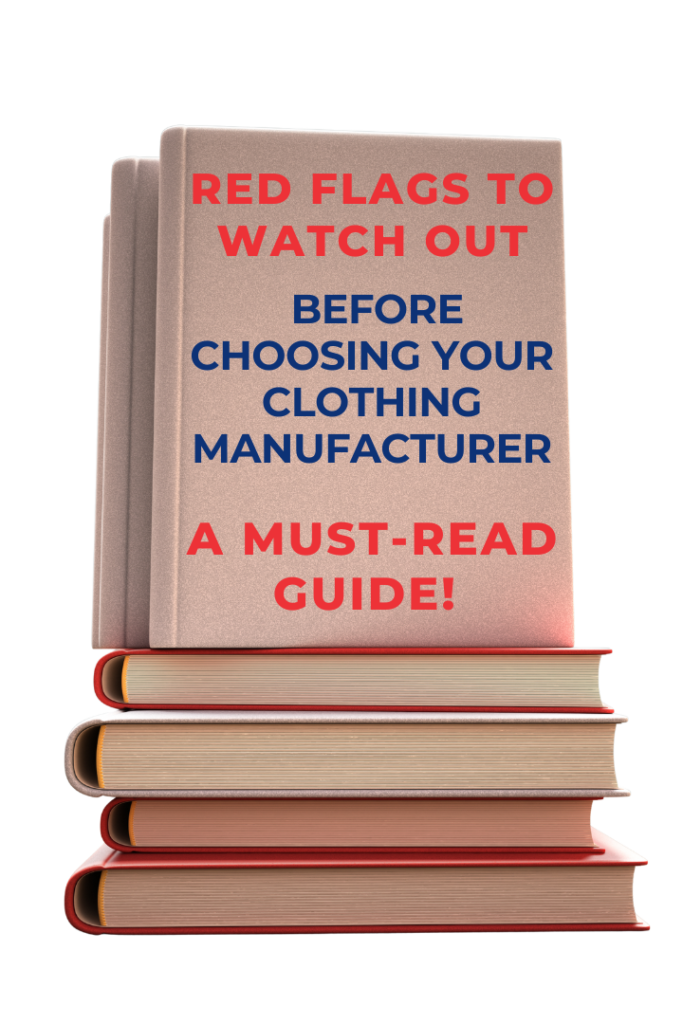
Why Clothing Brands Fail
Top Different Types of Shirts for Women and Men Top Different Types of Shirts for
Secrets to Success How to Find a Cut and Sew Manufacturer for Your Apparel Business That Fits Your Budget
Do you have a brilliant product idea but don’t know where to turn for manufacturing? Finding the right cut and sew manufacturer can be a daunting task, especially if you’re a small business owner or an entrepreneur just starting out. But fear not, because we’ve got you covered with our comprehensive and in-depth guide on “how do you find a cut and sew manufacturer that’s perfect for your business needs.
No matter what your challenge is, our guide will help you navigate the manufacturing industry and find the answer to your query” how to find a cut and sew manufacturer for clothing”Our ultimate guide is designed to take you step-by-step through the process of defining your product idea, determining your production needs, and conducting thorough research to find the perfect manufacturer. But first Let’s start our “How to find a cut and sew manufacturer guide” by learning what exactly is a cut and sew manufacturer.
When it comes to finding a cut and sew manufacturer, it’s important to first understand what are cut and sew manufacturers and how they work. A cut and sew manufacturer is a company that specializes in the process of creating finished products by cutting and sewing fabrics together. This process is often used to create a wide range of products, including clothing, accessories, and home textiles.

Understanding the different types of manufacturers available can help you make an informed decision. Each type of manufacturer has unique strengths and weaknesses, so finding the right one for your needs can be crucial to the success of your product.
Here are some of the most common types of cut and sew manufacturers:
Large-scale manufacturers are often large factories that specialize in the high-volume production of a limited number of products. Large-scale manufacturers can be a good choice if you need to produce a high volume of products quickly and cost-effectively. However, their rigid production processes and lack of flexibility may not be suitable for those looking for a more personalized approach.
These manufacturers are smaller operations that may focus on niche or specialty products. They often have more flexibility in terms of design and customization and can provide a more personalized experience for clients. Small-scale manufacturers are a good choice if you have a unique product or need more customization options. Also, keep in mind that they may have limited capacity and longer lead times.
On-demand manufacturers produce products on an as-needed basis, rather than in large batches. They can be a good choice if you have a limited budget or need to test the market before committing to a larger production run. On-demand manufacturers are also a good choice for products with frequent design changes. But, they may have higher per-unit costs and longer lead times.
The full-package manufacturers offer a full range of services, including product design, sourcing of materials, and production. They are a good choice if you have limited experience with the production process. Full-package manufacturers can provide a streamlined production process and may offer more design and material options. However, their comprehensive services may come at a higher cost.
These manufacturers focus on a specific type of product or niche market. They may have specialized equipment or expertise that makes them uniquely suited to certain types of products. Such manufacturers are a good choice if you have a highly specialized product or need specific expertise. Also, keep in mind these manufacturers have limited production capacity and higher costs.
The in-house cut and sew option gives you complete control over the production process. However, it’s a costly investment, and it can be challenging to maintain a skilled workforce. so, if you have limited space, this option may not be suitable for you. In that case you can go for other options.
If you’re looking for cost savings, offshore cut and sew manufacturers can be a viable option. So, working with overseas suppliers can be tricky due to language barriers, cultural differences, and quality control issues. That’s why longer lead times can delay your product launch.
Outsourcing to local contractors can provide you with more flexibility and scalability. This option is ideal for small to medium-sized businesses that want to tap into local expertise and resources. But, coordinating with multiple contractors can be challenging, and you may have to compromise on quality to get the desired price point.
Full-service cut and sew manufacturers offer an all-in-one solution for your textile product needs. They handle everything from design to distribution. They have the resources and expertise to deliver high-quality products efficiently. But, they tend to be more expensive than other options, so it’s essential to evaluate whether the cost is worth the benefits.
Cut and sew manufacturing is a textile production process that involves cutting fabric into pieces and sewing them together to create a finished product. Now I will tell you about what is cut and sew apparel manufacturing and what steps are involved in it.
The first step in the cut and sew manufacturing process is designing the product. This includes creating sketches, choosing fabrics, and finalizing the product specifications. The design should be practical, aesthetically pleasing, and suitable for production.
The next step is creating a pattern for the product. A pattern is a blueprint of the design that helps in cutting the fabric accurately. Pattern making requires specialized skills and tools, and it's essential to get it right to ensure the product's quality.
Once the pattern is ready, the fabric cutting process begins. The fabric is laid out on a cutting table, and the pattern is placed on top of it. Using a sharp cutting tool, the fabric is cut into the desired pieces.
After the fabric is cut, the pieces are sewn together to create the finished product. The sewing process requires skilled labor and specialized equipment, such as sewing machines, needles, and thread. The product is assembled according to the design specifications, ensuring the highest quality and durability.
The finishing process involves adding final touches to the product, such as buttons, zippers, and tags. This is also when the product is inspected to ensure it meets the quality standards set by the manufacturer.
Quality control is a critical step in the cut and sew manufacturing process. The product is checked for defects, such as stitching errors, loose threads, and incorrect sizing. Any issues are identified and corrected before the product is shipped to the customer.
The final step is packaging and distribution. The product is carefully packed and shipped to the customer or distributor. This step involves logistics planning, such as choosing the best shipping method and managing inventory levels.

Directories are great resources for finding cut and sew manufacturers. These directories list contact information for manufacturers and detailed profiles with information about their services, minimum order quantities, pricing, and more. If are also wondering how to find a cut and sew manufacturer by country? Then just search for online directories especially targeted to your specific country. Learn more about directories.

Industry events, provide an opportunity to connect with cut and sew manufacturers face-to-face. Attendees can meet manufacturers, view their products, and discuss their needs in person.The best thing about these industry events is that you can meet with clothing manufacturers personally and ask them about their clothing manufacturing or any technical information you are looking for.

In addition to online directories, researching manufacturers online can yield valuable information. Look for manufacturers’ websites, reviews, and ratings from previous clients. Check their social media profiles to see what their customers are saying about their products and services. If you also want to know how to find a cut and sew manufacturer supplier, you can also follow the same process.

Chambers often have databases of manufacturers in the region and can provide referrals for businesses in need of their services. If you still have questions related to how to find a cut and sew manufacturer wholesale then just use the same chambers to ask for manufacturers that also offers wholesale services for cut and sew.

Referrals and recommendations are a powerful tools for finding cut and sew manufacturers. With their help you can ask for recommendations from the industry contacts, such as suppliers, designers, or other manufacturers. Referrals can provide insight into a manufacturer’s reliability, quality, and responsiveness.

When searching for a cut and sew manufacturer, it’s crucial to assess their capabilities. Determine if the manufacturer has the necessary equipment, experience, and expertise to produce your products at the quality level you require. Additionally, ask about their production capacity, lead times, and minimum order quantities.
Experto is the ultimate cut and sew manufacturer that satisfies every type of business need, no matter how big or small. From small business owners to large corporations, Experto has the expertise and capabilities to bring your product ideas to life. What sets Experto apart from the competition? For starters, our state-of-the-art facilities and experienced team of professionals are equipped to handle any production need, ensuring the highest quality standards for your products.
But it’s not just about quality – Experto also prioritizes flexibility, working with each individual client to create a customized manufacturing solution that fits their unique needs and budget constraints. Our team will guide you through every step of the manufacturing process, from product design to shipping and logistics, ensuring a smooth and seamless experience. And let’s not forget about our commitment to sustainability. Experto utilizes eco-friendly materials and manufacturing practices, minimizing our environmental impact while still delivering top-notch products.
In conclusion, finding the right cut-and-sew manufacturer can be a challenging task, especially for small business owners or entrepreneurs. This comprehensive guide has provided insight into the process of defining a product idea, determining production needs, and conducting thorough research to find the perfect manufacturer. The guide also provides an understanding of the different types of cut-and-sew manufacturers available and their strengths and weaknesses, allowing entrepreneurs to make informed decisions. Ultimately, the key to success lies in finding a manufacturer that can meet the needs of the business while staying within budget constraints.

ALARMING MISTAKES!
TO AVOID WHEN FINDING YOUR CLOTHING MANUFACTURER: THE ULTIMATE GUIDE FOR SUCCESS!
Cut and sew clothing manufacturing is the process of creating clothing from scratch, rather than simply printing a design on an existing garment.
The cost of cut and sew clothing manufacturing vary depending on a variety of factors, including the complexity of the design, the quality of materials used, and the minimum order quantity.
Cut and sew clothing manufacturing allows for more customization and higher quality garments than other manufacturing methods.
Cut and sew involves creating a garment from scratch, while screen printing involves printing a design onto an existing garment.
The duration of cut and sew clothing manufacturing can vary depending on a variety of factors, including the complexity of the design, the quantity of garments being produced, the availability of materials, and the production capacity of the manufacturer.
Expert Custom Clothing Manufcaturer

Top Different Types of Shirts for Women and Men Top Different Types of Shirts for

What You Must Know About Clothing Samples? Before You Produce a Single Garment: What You

How Much Does It Cost To Make a Hoodie A Complete Cost Breakdown for Custom

Discover the Types of Buttons Discover the Types of Buttons That Transform Style and Functionality
Most Recent Posts
Expert Custom Clothing Manufcaturer
ALARMING MISTAKES!
TO AVOID WHEN FINDING YOUR CLOTHING MANUFACTURER: THE ULTIMATE GUIDE FOR SUCCESS!
Join our Mailing list!
Get all latest news, exclusive deals and updates.